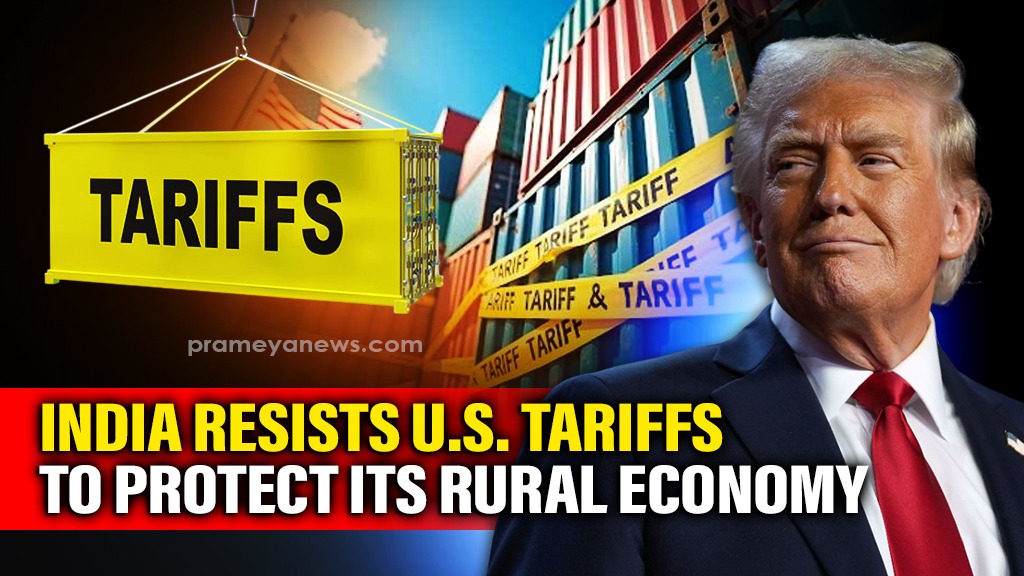

The United States has dramatically intensified its trade dispute with India, announcing a sweeping 25% tariff on a wide array of Indian goods, scheduled to take effect on August 1, 2025. While the move was publicly linked to India's existing tariff structures and its relationship with Russia, analysts and Indian officials see it as a powerful coercive tactic. The core of the conflict is Washington's long-standing demand for India to open its heavily protected agriculture and dairy markets to American products—a demand New Delhi has consistently and firmly rejected. This standoff is more than a trade disagreement; it is a high-stakes confrontation over food security, national sovereignty, and the livelihoods of hundreds of millions of people.
At the heart of the dispute are two key areas where India has refused to yield. The first is Washington’s push for access for its genetically modified (GM) crops, such as corn and soybeans, which face regulatory hurdles and public opposition in India. The second, and perhaps more contentious, issue is the demand for unrestricted entry for American dairy products. This faces strong resistance on both cultural and sanitary grounds, as the use of animal-based feed in the U.S. dairy industry conflicts with religious sensitivities in India.
For India, these are not merely trade barriers but fundamental "red lines" drawn to protect its domestic economy and social fabric. The nation's dairy industry is not dominated by large corporations but is instead composed of millions of small-scale farmers and powerful cooperatives. Indian officials have repeatedly warned that allowing subsidised, mass-produced American dairy products into the market would devastate these small producers and disrupt the rural economy. With over 700 million people dependent on agriculture, the Indian government views the protection of this sector as a non-negotiable responsibility.
Unlike other nations that have recently signed trade agreements with the U.S. by offering significant concessions on agriculture, India has held its ground. The new 25% tariff is the direct consequence of this refusal. The tariffs have been strategically applied to hit key value-added sectors, including processed foods, marine products, and other agricultural exports, causing immediate uncertainty for Indian businesses. Exporters are already reporting a slowdown in orders from the U.S., and the addition of a vaguely defined "penalty" clause has made it nearly impossible to plan for logistics and final costs.
While critical sectors like pharmaceuticals and semiconductors have been spared for now, economists warn that a prolonged standoff could have serious consequences. The impact on small and medium-sized businesses in the agri-processing supply chain could lead to reduced rural incomes and squeezed profit margins. Some projections suggest that if the tariffs remain in place, they could shave as much as 0.5% off India's GDP growth.
Beyond the economic implications, New Delhi views the U.S. tariffs as a direct challenge to its sovereign right to set its own economic policies. India has long defended its principles of food sovereignty, which are supported by domestic policies like minimum support prices and public food procurement systems. Officials argue that these systems, designed to ensure stability for both farmers and consumers, would be fundamentally undermined by the introduction of large-scale U.S. agricultural imports. The move is seen less as an attempt to balance trade and more as an effort to force policy changes that could endanger the nation's food security.
While bilateral negotiations are still scheduled to continue, the diplomatic climate has become intensely strained. The U.S. is expected to maintain its hardline stance on farm and dairy access, while India will continue to insist on protecting its sensitive sectors. The path forward remains uncertain, hinging on whether the two nations can find a diplomatic resolution or descend into a protracted and damaging trade war.